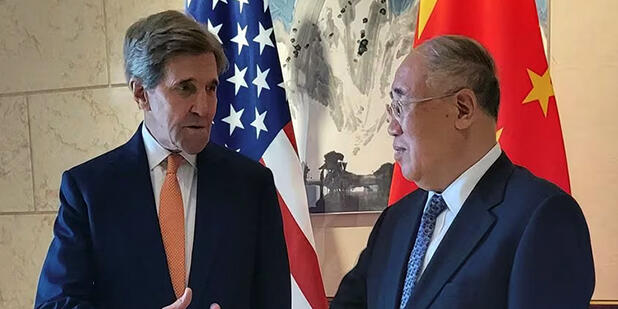Context Air pollution is a risk factor for cardiovascular diseases (CVD), but the underlying biological mechanisms are not well understood.
Objective To determine whether markers related to CVD pathophysiological pathways (biomarkers for systemic inflammation and thrombosis, heart rate, and
Design, Setting, and Participants Using a quasi-experimental opportunity offered by greatly restricted air pollution emissions during the Beijing Olympics, we measured pollutants daily and the outcomes listed below in 125 healthy young adults before, during, and after the 2008 Olympics (June 2-October 30). We used linear mixed-effects models to estimate the improvement in outcome levels during the Olympics and the anticipated reversal of outcome levels after pollution controls ended to determine whether changes in outcome levels were associated with changes in pollutant concentrations.
Main Outcome Measures C-reactive protein (CRP), fibrinogen, von Willebrand factor, soluble CD40 ligand (sCD40L), soluble P-selectin (sCD62P) concentrations; white
Results Concentrations of particulate and gaseous pollutants decreased substantially (−13% to −60%) from the pre-Olympic period to the during-Olympic period. Using 2-sided tests conducted at the .003 level, we observed statistically significant improvements in sCD62P levels by −34.0% (95% CI, −38.4% to −29.2%; P < .001) from a pre-Olympic mean of 6.29 ng/mL to a during-Olympic mean of 4.16 ng/mL and von Willebrand factor by −13.1% (95% CI, −18.6% to −7.5%; P < .001) from 106.4% to 92.6%. After adjustments for multiple comparisons, changes in the other outcomes were not statistically significant. In the post-Olympic period when pollutant concentrations increased, most outcomes approximated pre-Olympic levels, but only sCD62P and systolic blood pressure were significantly worsened from the during-Olympic period. The fraction of above-detection-limit values for CRP (percentage ≥ 0.3 mg/L) was reduced from 55% in the pre-Olympic period to 46% in the during-Olympic period and reduced further to 36% in the post-Olympic period. Interquartile range increases in pollutant concentrations were consistently associated with statistically significant increases in fibrinogen, von Willebrand factor, heart rate, sCD62P, and sCD40L concentrations.
Conclusions Changes in air pollution levels during the Beijing Olympics were associated with acute changes in biomarkers of inflammation and thrombosis and measures of cardiovascular physiology in healthy young persons. These findings are of uncertain clinical significance.
The research was published in the Journal of the American Medical Association.



